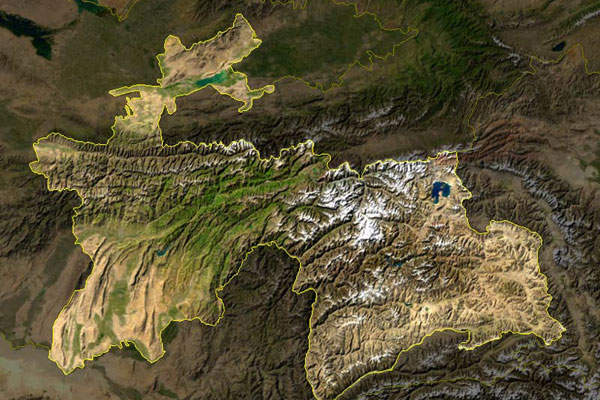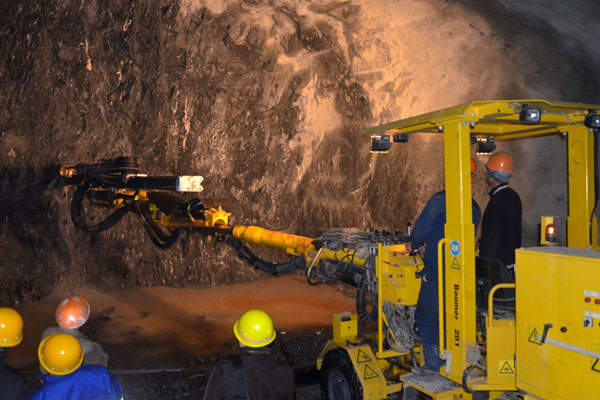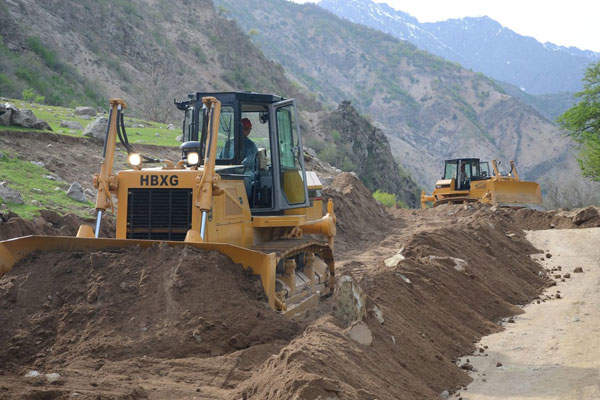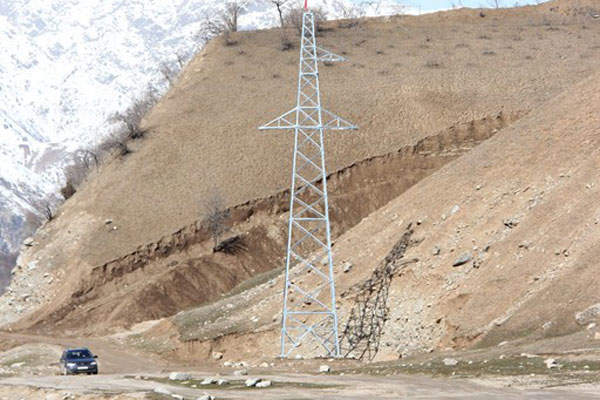The Pakrut gold mine, located approximately 120km north-east of Dushanbe, Tajikistan, is owned by China Nonferrous Gold (formerly known as Kryso Resources). The mine development is being undertaken in two phases, which are expected to cost $223m in total.
The mining license for the Pakrut gold project was issued in January 2012 and is valid until November 2030. Construction of the mine began in September 2012 and the first gold was poured in December 2015.
The main decline was developed to a depth of 600m out of the planned 1,800m by March 2014. The west ventilation access decline was developed to 285m out of the planned 520m.
The mine is estimated to initially process 660,000t of ore a year and 1.32 million tonnes a year from 2017.
Pakrut gold reserves
The Pakrut gold mine is a part of the Pakrut license area, for which the exploration and trial mining license was awarded in 2004. The Pakrut area is located in the southern part of the Tien Shan Fold belt, which holds the world’s second-largest known gold reserve.
The Tien-Shan Fold Belt is a belt of folded rocks extending from Aral Sea in Uzbekistan and continuing through Tajikistan and China, ending in Mongolia. The belt hosts a number of mesothermal gold deposits containing multimillion ounces of gold.
The Pakrut license area extends into the rare-metal-polymetallic Zeravshan-Hissar belt and the low-sulphide gold-quartz Kugiturinscky gold belt.
The JORC-compliant resources of Pakrut gold mine are estimated at 4.72 million ounces of gold at a cut-off grade of 0.5g/t.
Pakrut deposit mining
The Pakrut gold mine is being developed using an underground mining method. A decline at 2,265m above sea level running down to the 1,810m level is established to access the ore body. Sublevel open stoping using a cemented hydraulic fill method is applied. The mined ore is loaded and transported to the surface by trucks.
The mine is expected to extract 2,000t of ore a day and approximately 9.8 million tonnes over its estimated 19-year life.
The processing plant is expected to have a capacity of 2,000t a day. It employs a three-stage recovery process comprising gravity, flotation and cyanide leaching of the concentrates. Cyanide leaching is applied on both the gravity and the flotation concentrates.
Gold and silver are produced as doré bars, which are transported to a smelter for refining.
Pakrut mine construction
Major works include the construction of access roads, a bridge connecting the mine site, a processing plant and other mine infrastructure.
Construction of the electricity network, comprising an 110kV substation at Khamza, an 110kV step-down substation at Pakrut and an 110kV power supply line from the Khamza substation to the Pakrut main step-down substation was completed by September 2014.
Pakrut project financing
China Nonferrous Metals International Mining, which holds 26% in China Nonferrous Gold, provided a $93.5m secured loan facility for the project.
Export-Import Bank of China provided debt financing for the project.
Pakrut key players
CITIC Heavy Industries and NFC (Shenyang) Metallurgical Machinery were awarded the contract for supplying ball mills and related services for the Pakrut gold project.
Metso Minerals is the supplier of crushers and related services, while BeiKuang Mechanical & Electrical Technology is the provider of flotation cells and related services for the project.
The $23.88m external power supply network construction contract was awarded to Shanxi No.3 Electric Power Construction.
Beijing General Research Institute of Mining & Metallurgy conducted the detailed engineering design of the mine and the processing plant.
Tajik Geology conducted the initial metallurgical testwork, while SGS Lakefield and BGRIMM were engaged to conduct the final metallurgical testwork. SRK Consulting conducted the mineral resource estimate for the mine, while Snowden Mining calculated the JORC code compliant ore reserve estimates.








